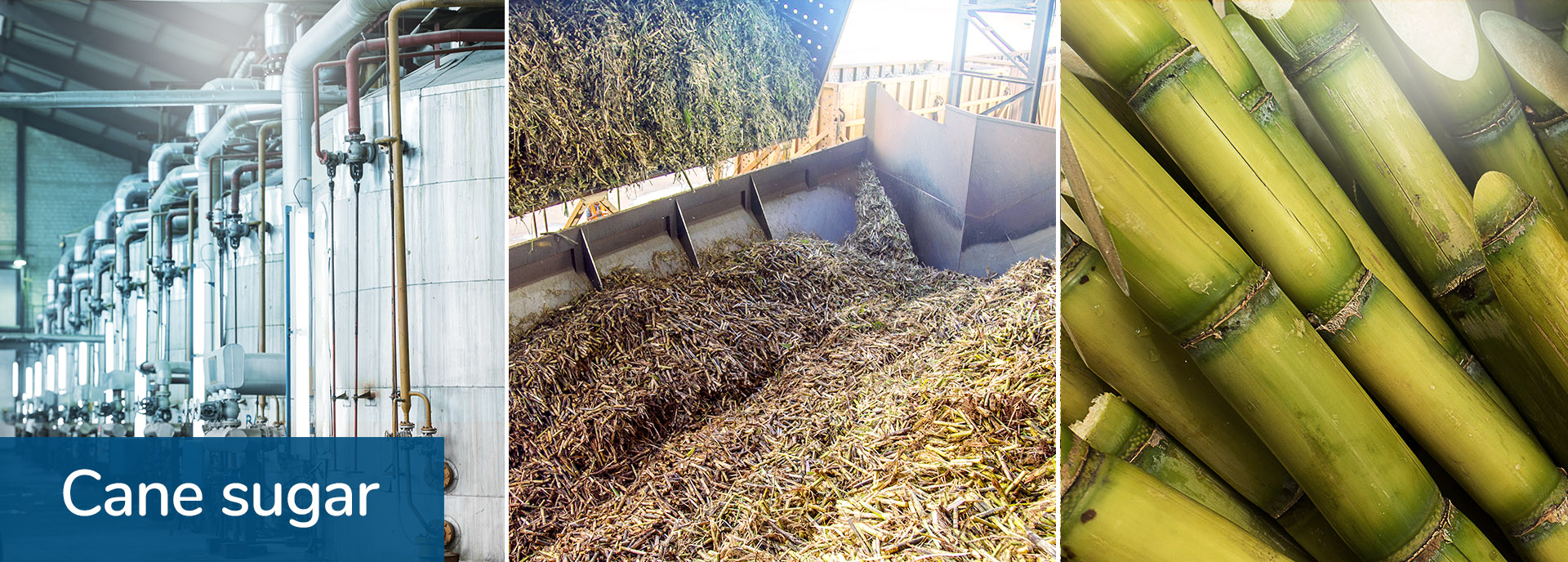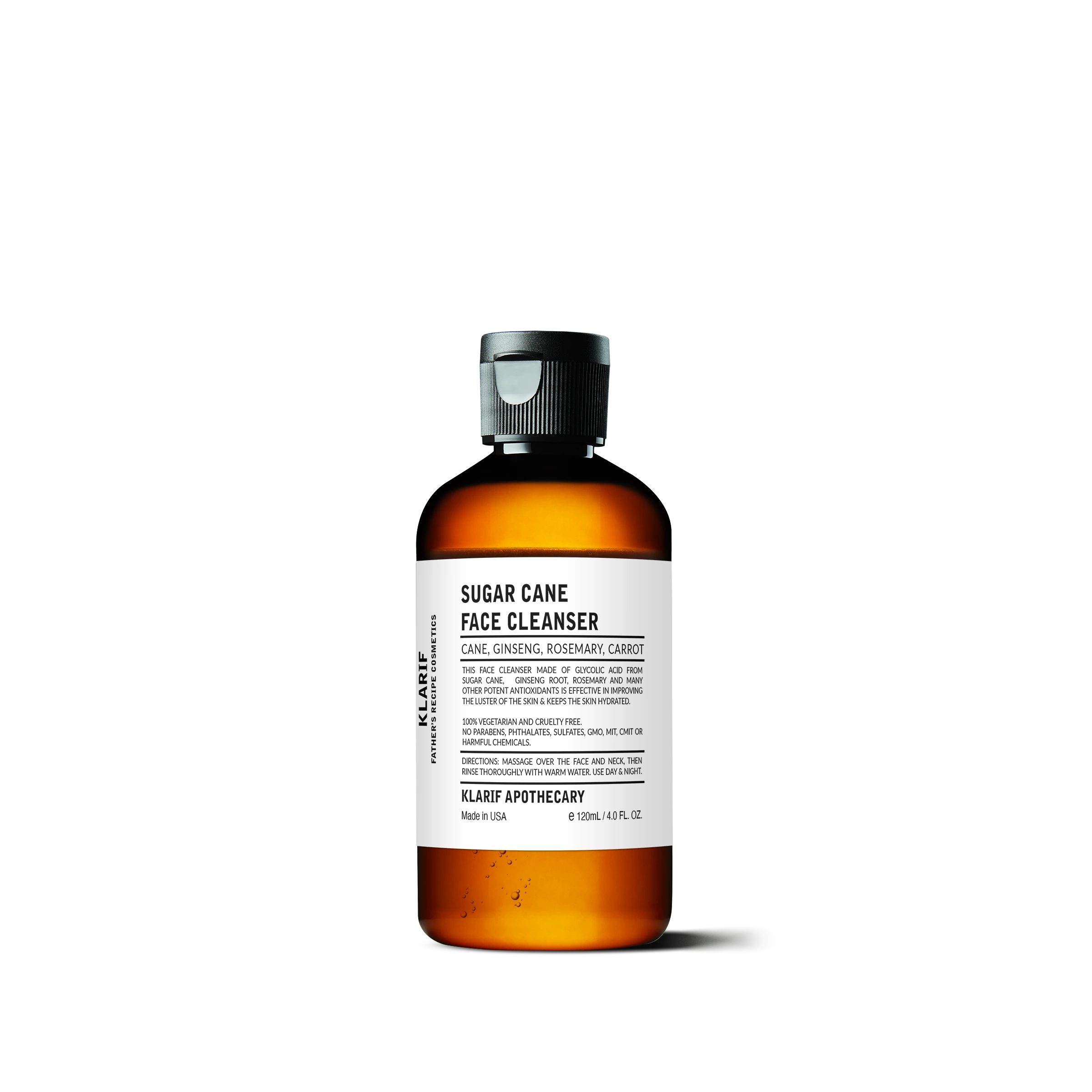What Is Sugar Cane Used For? 8 Hidden Everyday Applications
Exploring the Versatile Utilizes of Sugar Cane Beyond Sugar
Sugar Cane is frequently linked only with sweeteners, yet its applications extend much beyond. This functional crop plays a pivotal duty in different industries, consisting of bioplastics and biofuels. Furthermore, its fibers add to lasting building and textiles. The economic implications of sugar Cane manufacturing further underscore its value. As technologies remain to arise, the capacity of sugar Cane to drive ecological and financial improvements ends up being significantly obvious. What various other surprises does this resistant plant hold?
The Duty of Sugar Cane in Biofuels
As nations seek lasting power sources, sugar Cane has become a vital player in the biofuels industry. This exotic plant is rich in sucrose, which can be fermented to create ethanol, an eco-friendly fuel alternative to fossil gas. The farming of sugar Cane for biofuel production not only minimizes greenhouse gas exhausts but additionally contributes to energy security, especially in sugar-producing countries.
Sugar cane-derived ethanol can be combined with fuel, enhancing its octane rating and lowering dependence on non-renewable sources. The byproducts of sugar Cane processing, such as bagasse, are useful for generating electrical energy, making the whole production cycle energy-efficient.
Research continues to discover sophisticated methods for optimizing energy return from sugar cane, strengthening its duty in the change to cleaner energy services. As global need for lasting fuels rises, sugar Cane attracts attention as an integral part of the biofuel industry.
Sugar Cane as a Resource of Bioplastics
The ecological impacts of plastic pollution are progressively concerning, sugar Cane provides a promising alternative as a resource of bioplastics. Obtained from renewable energies, bioplastics made from sugar Cane can substantially reduce reliance on petroleum-based plastics. These bioplastics are produced via the fermentation of sugars extracted from the cane, resulting in products that can be compostable or biodegradable, depending upon their solution.
Using sugar Cane bioplastics not just decreases carbon exhausts but likewise advertises lasting farming practices. By making use of agricultural waste and byproducts, the general environmental impact of manufacturing is minimized. Furthermore, items made from sugar Cane bioplastics can perfectly incorporate right into existing waste management systems, resolving issues concerning waste build-up.
As sectors seek sustainable remedies, sugar cane-based bioplastics stand for a viable option that lines up with worldwide initiatives to combat plastic pollution and promote a round economy.
Medicinal Applications of Sugar Walking Stick
Sugar Cane is acknowledged for its antioxidant properties, which add to numerous wellness advantages. Additionally, it has actually been used in conventional remedies across societies, highlighting its relevance in alternative medicine. These characteristics underscore the capacity of sugar Cane in the area of medicinal applications.
Antioxidant Properties of Cane
Countless research studies have exposed that sugar Cane possesses considerable antioxidant residential properties, making it a valuable part in medicinal applications. The phenolic substances found in sugar walking stick, such as flavonoids and phenolic acids, contribute to its capability to neutralize complimentary radicals, thus reducing oxidative stress in the body. This antioxidant task is linked to numerous health and wellness advantages, including improved cardio health and wellness and improved immune feature. In addition, sugar Cane removes have been revealed to exhibit anti-inflammatory impacts, which can better support general wellness. By combating oxidative damages, sugar Cane might play a function in the avoidance of persistent conditions, making it an appealing topic of study for its potential therapeutic uses in contemporary medication.
Typical Solutions and Uses
While contemporary medication frequently relies upon artificial compounds, standard solutions making use of sugar Cane highlight its longstanding value in various cultures. In numerous exotic areas, sugar Cane juice has actually been utilized as an all-natural treatment for conditions such as dehydration and digestive system concerns. Its high water web content and vital nutrients make it a preferred therapy for urinary system tract infections and kidney stones. Furthermore, sugar Cane is thought to have anti-inflammatory properties, aiding in the alleviation of aching throats and respiratory conditions. Folk medication often incorporates sugar Cane in concoctions to increase power and enhance overall well-being. These old-time methods highlight the flexibility of sugar cane, extending its worth beyond sweet taste to incorporate health and wellness and wellness applications.
Eco-Friendly Construction Products From Sugar Walking Cane
Sugar walking cane, often recognized for its wonderful return, is obtaining attention as a resource of eco-friendly construction materials. These materials supply lasting building services, including eco-friendly composites that lower environmental influence. Furthermore, sugar cane-derived items provide reliable insulation properties, improving energy effectiveness in frameworks.
Sustainable Building Solutions
As the international need for sustainable building products climbs, innovative options stemmed from sugar Cane have actually become a practical choice. This renewable energy provides numerous applications in green structure remedies, especially via its byproducts. Sugar Cane fibers, known for their strength and durability, can be utilized in producing insulation products and composite panels. In addition, the juice and molasses from sugar Cane can be refined right into bio-based adhesives, decreasing reliance on petroleum-based products. The use of sugar Cane not only decreases waste yet also adds to reduce carbon exhausts throughout production. Including these products into construction practices sustains the circular economy, promoting sustainability while resolving the pushing ecological difficulties faced by the building and construction sector.
Biodegradable Composite Products
Naturally degradable composite products have amassed interest as sustainable choices in building and construction, especially those originated from sugar walking cane. These materials use the coarse results of sugar cane, such as bagasse, to produce composites that are both light-weight and strong. By integrating these natural fibers, makers can generate products that minimize reliance on standard plastics and non-renewable resources. The lasting nature of sugar Cane composites not just reduces ecological impact yet likewise supports agricultural economies by supplying added revenue streams for farmers. Additionally, the biodegradability of these compounds warranties that they do not add to long-lasting waste in land fills. As the building and construction market looks for greener options, sugar cane-derived composites offer an encouraging course toward extra environmentally friendly structure practices.

Insulation Residences and Advantages
The insulation residential properties of green building products stemmed from sugar Cane deal substantial advantages in power performance and environment control. Sugar Cane fibers possess all-natural insulating high qualities that assist regulate interior temperatures, lowering the demand for too much home heating or cooling. This particular adds to decrease energy usage, promoting sustainability in building methods. In addition, making use of sugar cane-based insulation products is valuable for interior air top quality, as they are much less likely to give off volatile organic substances (VOCs) compared to conventional insulation items. These materials are eco-friendly, lining up with eco-conscious building objectives. As the building and construction industry seeks greener options, sugar cane-derived insulation sticks out as an appealing service that integrates performance with ecological obligation, supporting both energy savings and ecological preservation.
Sugar Cane in the Textile Sector
Often forgotten, sugar Cane plays a significant function in the textile market, mostly with the manufacturing of sustainable fibers. These fibers, originated from the plant's by-products, are increasingly acknowledged for their eco-friendly buildings. Sugar Cane fibers, such view it now as bagasse and sisal, are resilient and naturally degradable, making them attractive choices to standard artificial fibers.
Their use in fabrics promotes sustainability by decreasing dependence on petroleum-based materials while also giving a method for waste reduction from sugar production. Furthermore, advancements in textile processing have allowed suppliers to mix sugar Cane fibers with various other materials, enhancing the general top quality and flexibility of materials.
This shift in the direction of incorporating sugar Cane in fabrics shows a broader fad in the industry, aiming for eco accountable techniques. As demand for sustainable products remains to increase, sugar cane's duty in textiles might expand, offering both economic and eco-friendly benefits.
Nutritional Perks and Animal Feed

Furthermore, sugar Cane has necessary minerals and vitamins that enhance the dietary profile of pet feed, boosting resistance and general well-being. Its pleasant preference and palatability make it an attractive feed option, urging feed intake among animals. By including sugar Cane into their diet plans, animals producers can minimize dependence on conventional feed sources, potentially reducing feed prices while maintaining animal health and wellness and performance. As a result, sugar Cane arises as a lasting and nutritious alternative in the area of pet agriculture.
The Economic Effect of Sugar Cane Manufacturing
While lots of agricultural products contribute to local economic situations, sugar Cane production attracts attention due to its considerable financial influence across different areas. This functional plant not just provides employment opportunities in handling, circulation, and farming however likewise sustains secondary sectors such as transport and manufacturing. In nations like Brazil and India, sugar Cane is an important motorist of country advancement, promoting economic stability and enhancing incomes.
The by-products of sugar cane, consisting of ethanol and molasses, better branch out earnings streams, producing extra markets and decreasing dependency on conventional sweeteners - What Is Sugar Cane Used For. As global need for sustainable energy rises, the duty of sugar Cane in biofuel production is ending up being progressively famous, drawing in financial investments and increasing neighborhood economic climates. On the whole, the economic implications of sugar Cane manufacturing are profound, affecting both local task markets and wider financial patterns in regions reliant on this essential crop
Regularly Asked Questions
Just How Is Sugar Cane Processed Into Biofuels?
The processing of sugar Cane into biofuels includes extracting juice, fermenting it into ethanol, and fine-tuning the item. This method uses the plant's natural sugars, transforming them right into renewable resource sources for various applications.
What Are the Environmental Advantages of Making Use Of Sugar Cane?
The ecological advantages of using sugar Cane include minimized greenhouse gas exhausts, improved soil health with sustainable farming methods, and reduced dependence on fossil gas, which collectively contribute to a more lasting and environmentally friendly agricultural system.

Can Sugar Cane Be Grown in Any Environment?

Sugar Cane flourishes in subtropical and exotic climates, needing warm temperature levels, enough sunshine, and adequate rainfall. Its development is restricted in colder regions, making it improper for temperate or arctic climates where frost happens.
What Are the Historic Usages of Sugar Cane?
Historically, sugar Cane offered numerous i was reading this purposes beyond sweetening - What Is Sugar Cane Used For. It was made use of for producing rum, as a resource of biofuel, in conventional medication, and for crafting materials like paper and molasses, showcasing its varied applications throughout different cultures
Exactly How Does Sugar Cane Impact Resident Economies?
The impact of sugar Cane on regional economic climates is substantial, offering work, improving agricultural fields, and cultivating profession. Its farming sustains rural livelihoods and promotes regional markets, contributing to general financial growth and community development.
The economic implications of sugar Cane production further underscore its significance. Derived from renewable resources, bioplastics made from sugar Cane can greatly reduce reliance on petroleum-based plastics. Biodegradable composite products have actually gathered interest as lasting options in construction, particularly those acquired from sugar walking stick. These products use the fibrous results of sugar walking cane, such as bagasse, Visit Website to produce composites that are both lightweight and strong. While several farming assets add to neighborhood economic situations, sugar Cane manufacturing stands out due to its considerable financial influence across various areas.